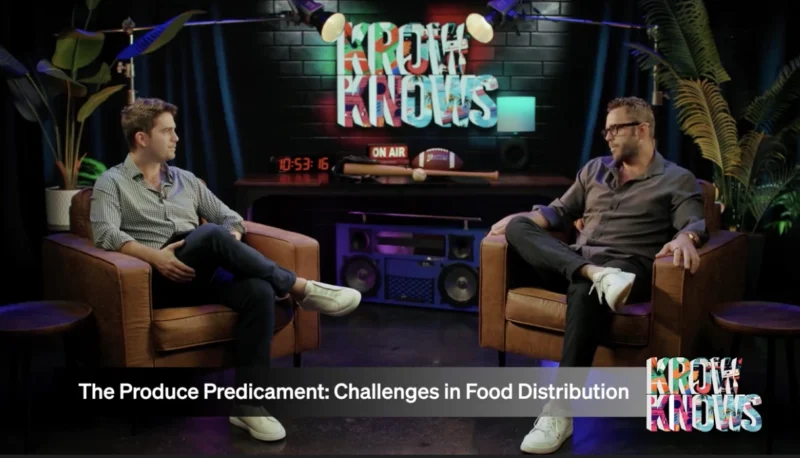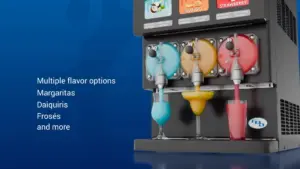Food Sustainability is on Consumers’ Minds Worldwide. What’s Driving the Desire for It?
Food sustainability is a high priority on consumers’ shopping lists worldwide and they have an increasing appetite for sustainable food that reduces their carbon footprint. According to findings in a new survey from Yara and IPSOS on European consumer demand for sustainable food, when asked if food companies should work to reduce emissions in their food production, 74% of Europeans agreed. 69% of those Europeans said they’d buy a climate-friendly alternative when presented with the option. Our neighbours to the north as concerned as well, Canadian consumers have a high awareness of sustainability and place high importance on the environment.
Food production alone causes approximately 30% of global greenhouse gas emissions, and the industry at-large is deploying different strategies to make a dent on that number. Brands are deploying carbon-neutral products, like Evo’s frozen meals or Bud Light’s Next beer which incorporates carbon offsets in its production cycle. In addition, companies are increasing upcycling, using ingredients that otherwise would not have gone to human consumption, to chip away at the estimated 30% to 40% of the country’s food supply that goes to waste.
Andre Natera, author and host of Chef’s PSA, dishes up his perspective on what’s driving the desire for food sustainability, sustainable products, ESG-focused partnerships, and better processes in food production.
Andre’s Thoughts
“Sustainability I think is going to be important in 2023 and moving forward. A lot of it has to do with the environmental concerns. Obviously, this is a big hot topic for a lot of companies to start moving in the right direction. There’s also economic benefits, making sure you’re using less energy and things like that.
And then the obvious, specifically when we’re talking about food products: the health benefits. A lot of people want the organic, the sustainable things that are grown in season. Obviously, there’s health benefits, but there’s also quality benefits associated with that. And then of course, the social responsibility. Everyone wants to make sure that we’re trying to leave the planet in a better shape than the way we found it. So, I would say those are probably the four biggest things. The environmental concerns, the economic benefits, the health benefits, and the social responsibility are probably the primary drivers that people need to look for in 2023.
Article written by Sonya Young.









